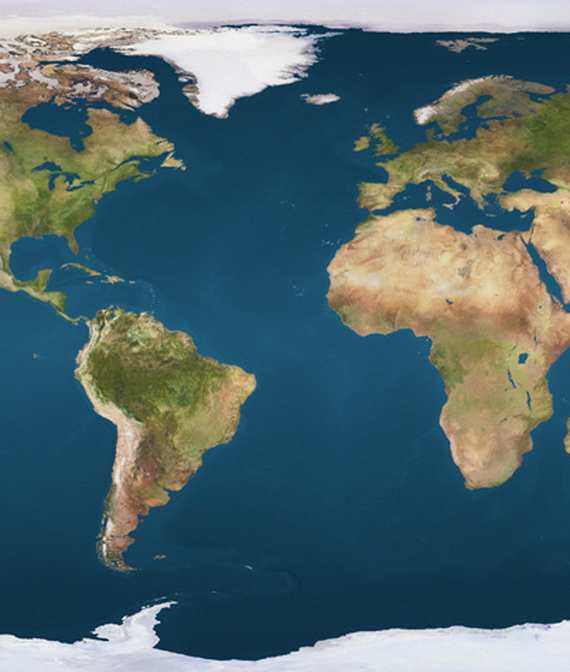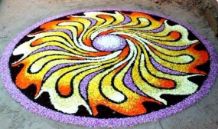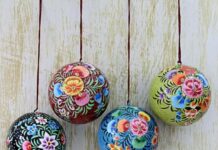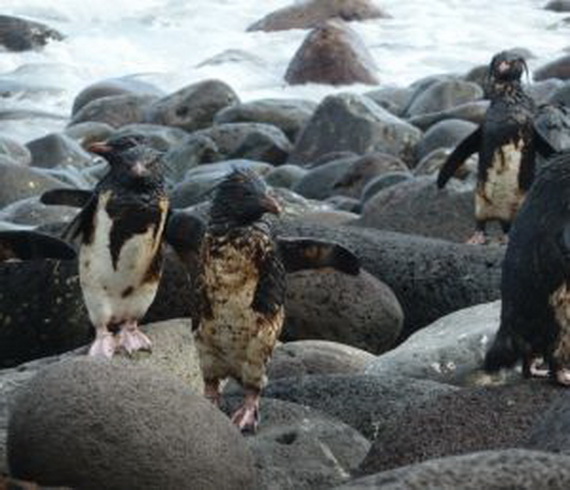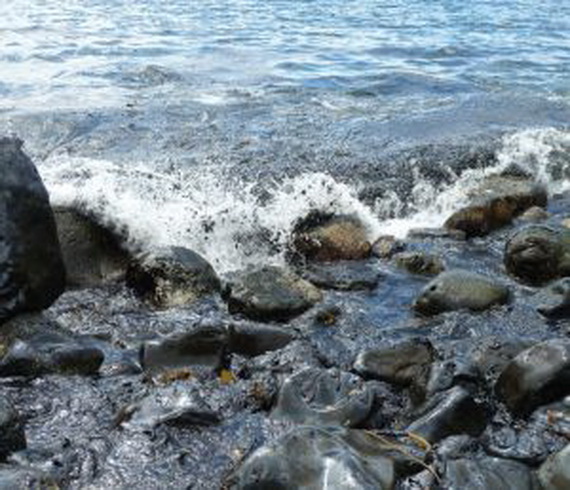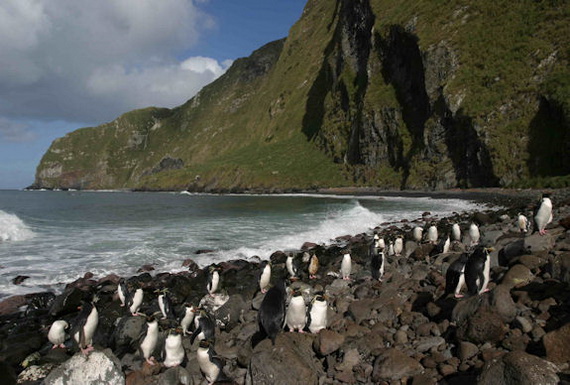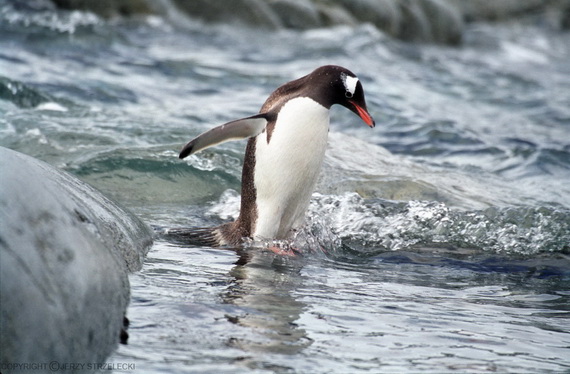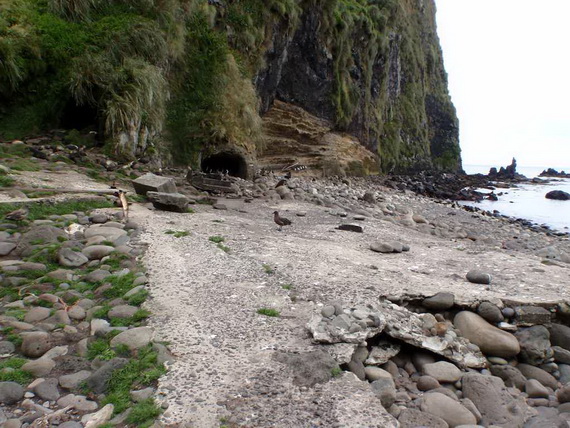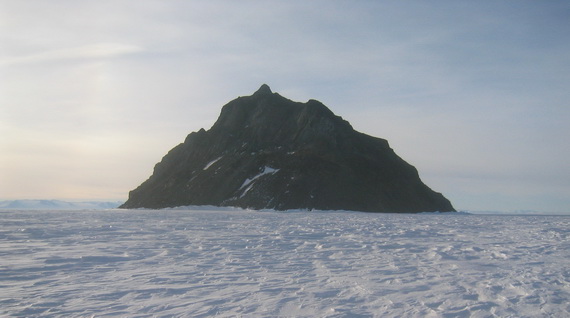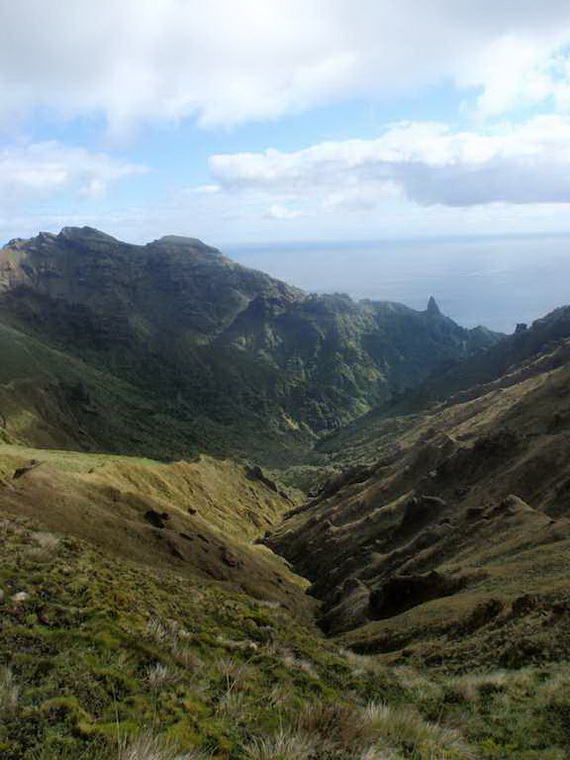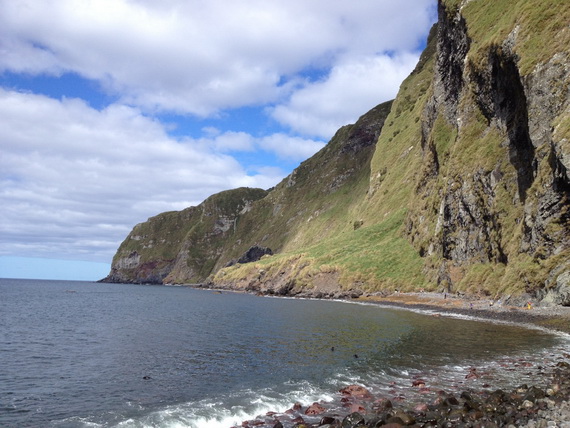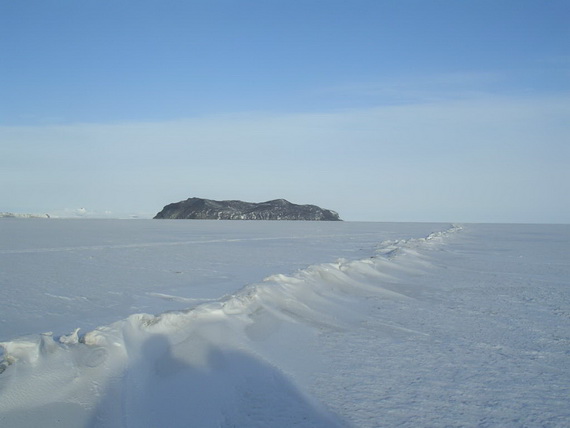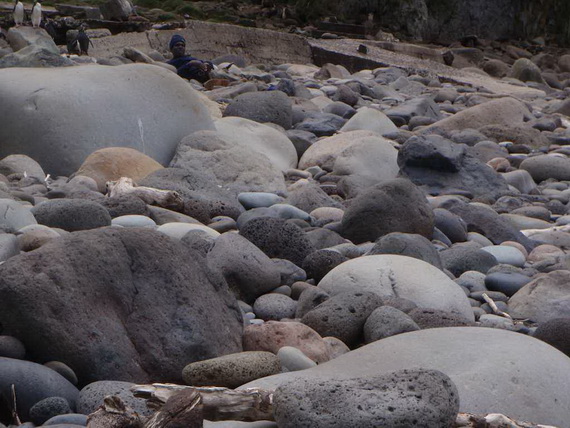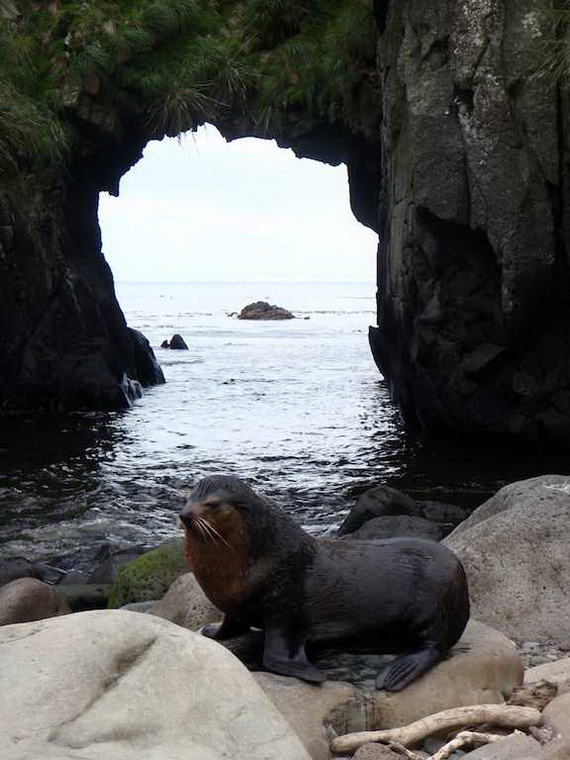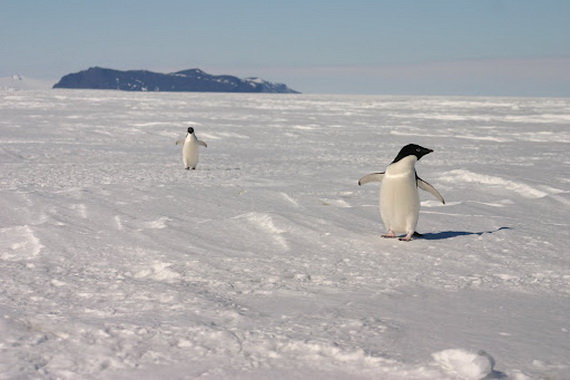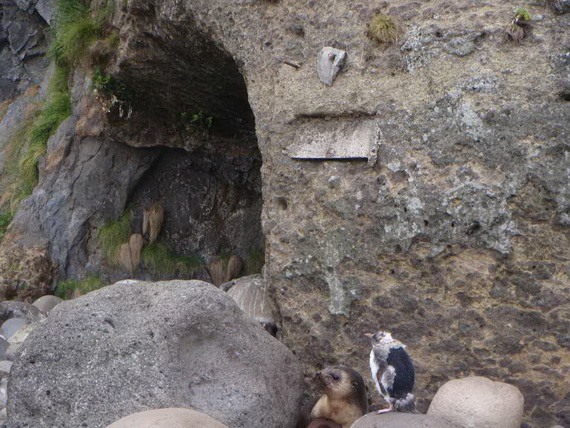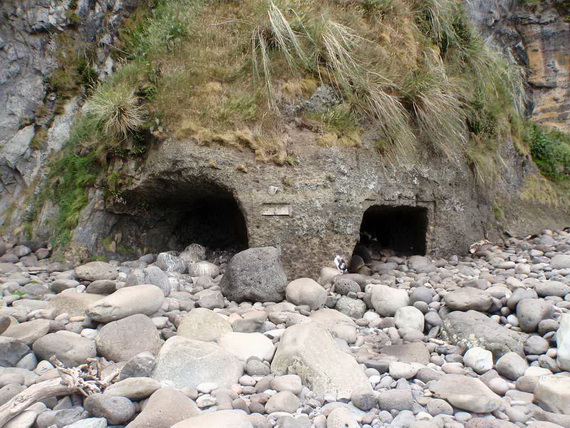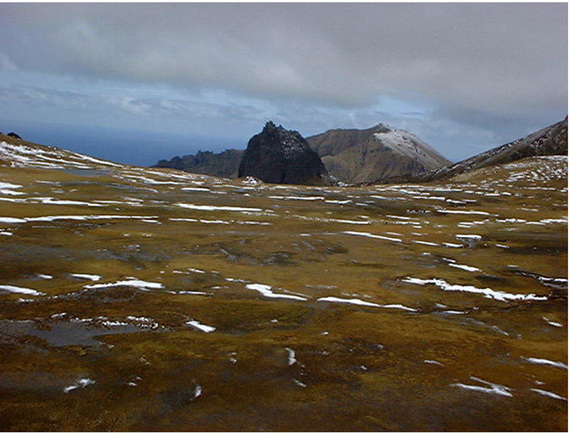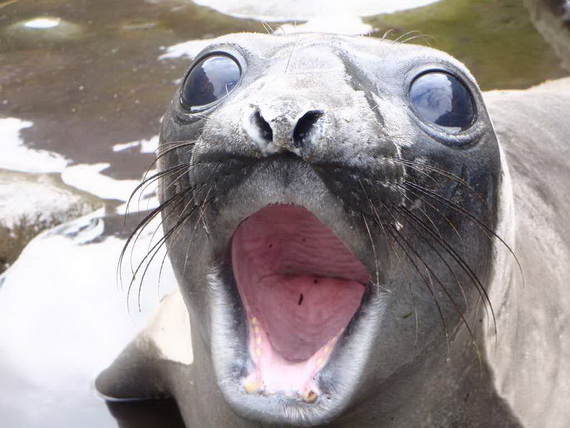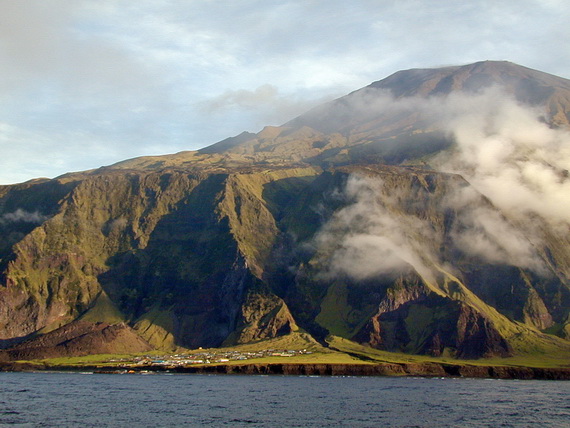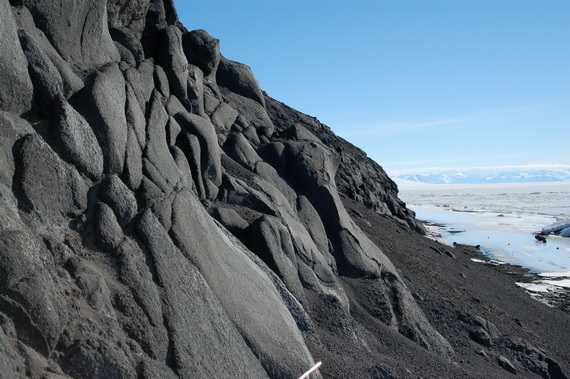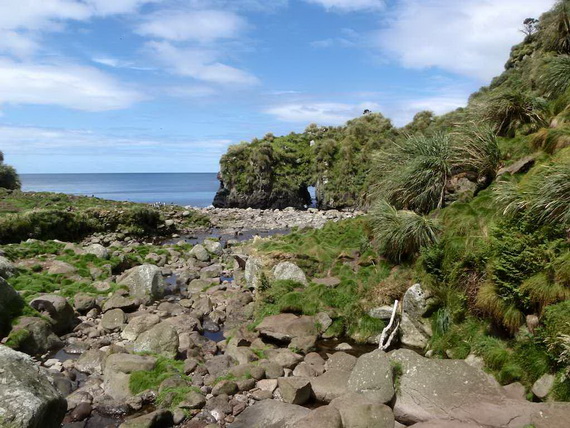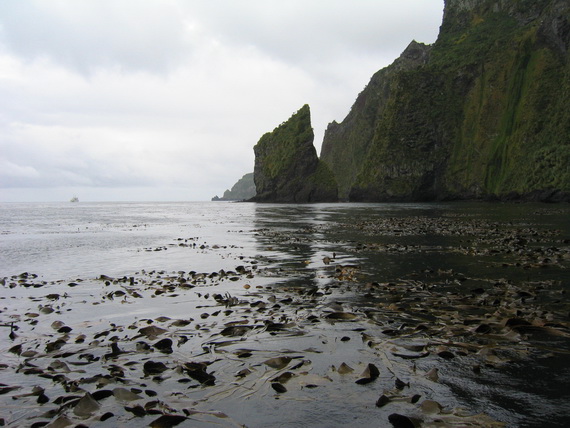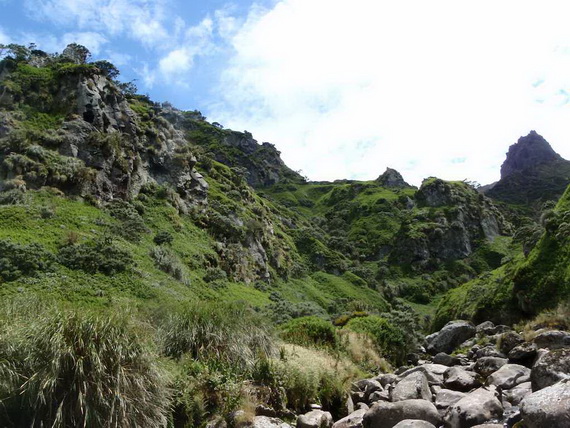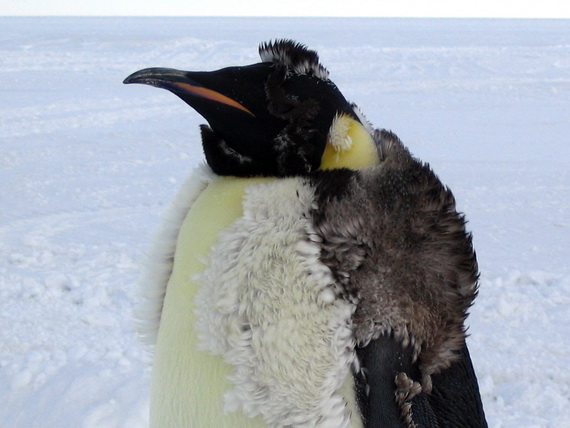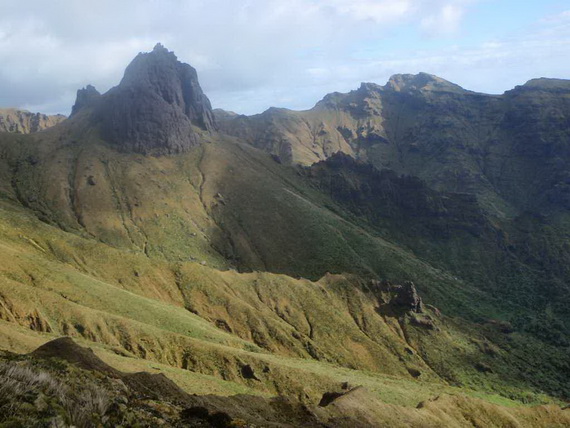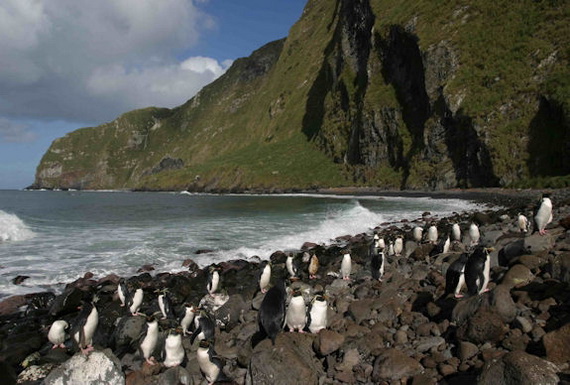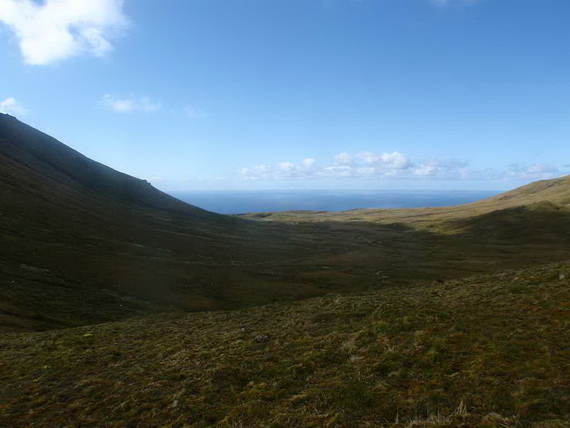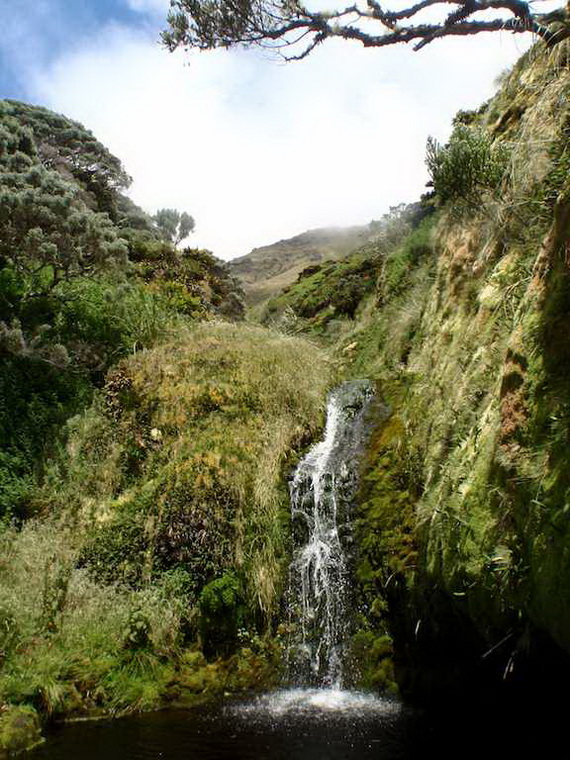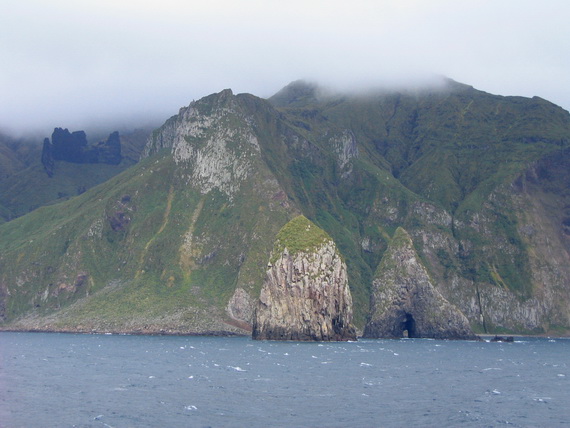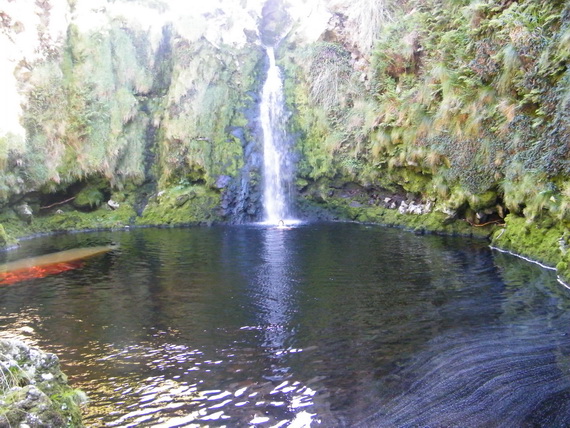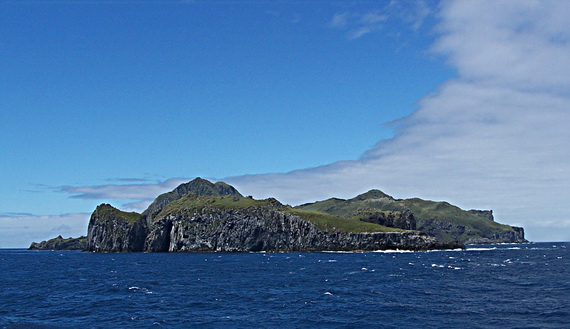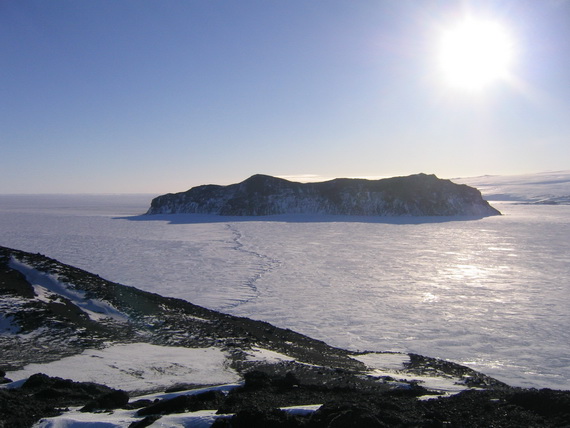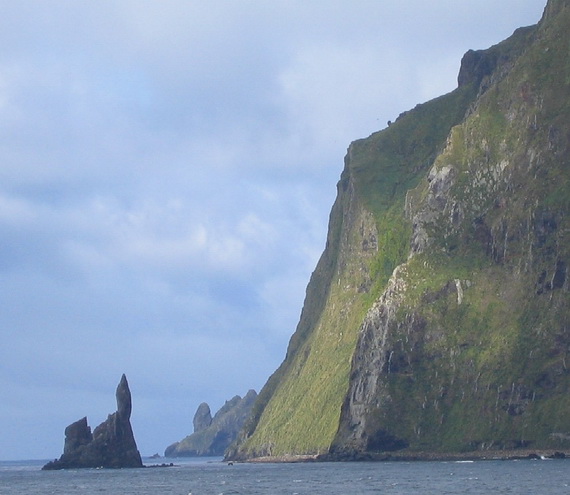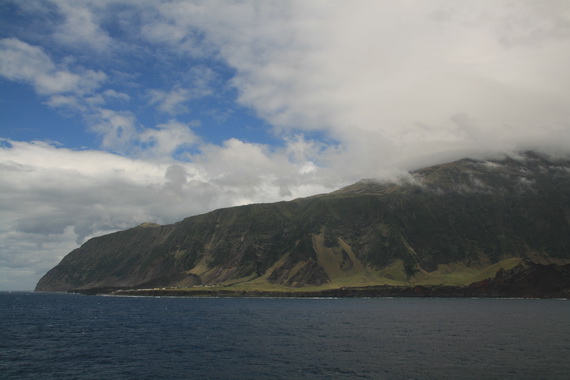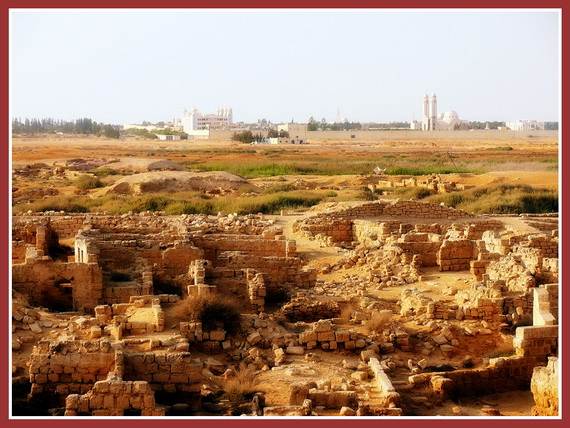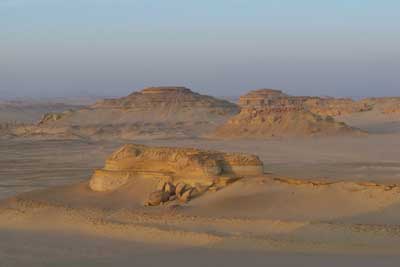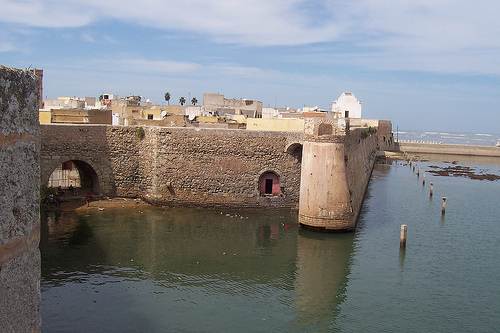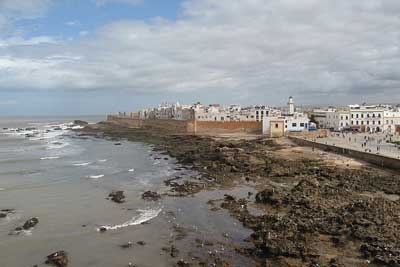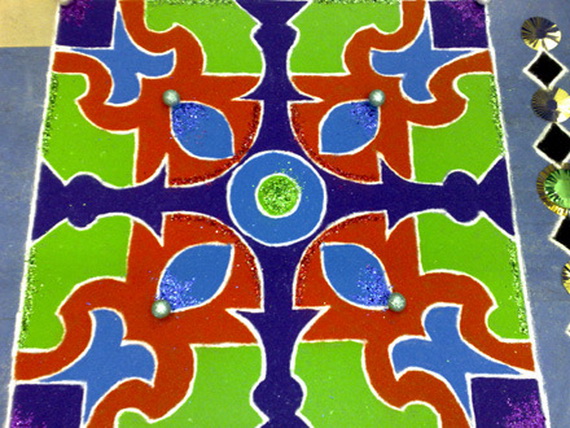Gough and Inaccessible Islands are two from four main islands in the Tristan da Cunha archipel group, isolated from the rest of the world by 2,000 miles of open ocean. They are unique that they have been globally recognised for their immense natural value, so they were listed as a World Heritage Site since1995. They are one of the most pristine environments left on earth, as well as being individual Ramsar Wetlands of International Importance. They form part of the UK Overseas Territory of St Helena, Ascension and Tristan da Cunha in the South Atlantic Ocean.
Gough and Inaccessible Islands are known for their undisturbed state, totally uninhabited Islands (Except for the six people manning the weather station in the Gough Island ). Both are volcanic islands rising from the South Atlantic Ocean, about 350km from each other, and one of the least disturbed major cool-temperate island ecosystems in the South Atlantic Ocean. These two tiny islands are home to many distinctive wildlife holding many unique species of plants, birds, and invertebrates, including the world’s largest colonies of sea birds being the most important seabird islands in the world. They are surrounded by the waters that produce the Tristan lobster on which the local economy depends,as well as being rich in history.
Gough Island was discovered in 1505 or 1506 by the Portuguese navigator, Goncalo Alvarez, since been named for him (formerly also known as Diego Alvarez). Captain Charles Gough of the Richmond, a British ship, rediscovered the island in 1731, thinking it was a new find.
Gough Island is a volcanic island in the South Atlantic Ocean. It includes small satellite islands and rocks such as Southwest Island, Saddle Island (South), Tristiana Rock, Isolda Rock (West), Round Island, Cone Island, Lot’s Wife, Church Rock (North), Penguin Island (Northeast), and The Admirals (East). It harbours almost the entire world population of the Tristan albatross (Diomedea dabbenena) and the Atlantic Petrel(Pterodroma incerta). Furthermore, it has two endemic land birds: the almost flightless Gough moorhen and the critically endangered Gough finch or Gough Island Bunting (Rowettia Goughensis),as well as to 12 endemic species of plants, and 15 endemic ferns.
Inaccessible Island (rarely Stoltenhoff Island ) 350 kilometres north-northwest of Gough Island. Inaccessible Island was first discovered in 1652 during a voyage of a Dutch ship, then by Portuguese sailors 1698. It is an uninhabited island 2-3 million year old remnant of an eroded volcano, characterized by dramatically spectacular cliffs around its entire coastline. there is no sheltered harbour or anchorage (that’s why it was referred to as “inaccessible”), and home to one of the world’s largest colonies of sea birds.
Endemic to Inaccessible Island is the Inaccessible Island Flightless Rail or Moorhen (Gallinula Comeri) , the smallest extant flightless bird which is one of the rarest birds in the world. Inaccessible Island is one of the few temperate oceanic islands free of introduced mammals. There are no land mammals, reptiles, amphibians or freshwater fish.
It boasts two birds, eight plants and at least ten invertebrates found nowhere else. 70 terrestrial plant and animal species are restricted to the islands and 60 marine species are endemic to the island group. It supports a large breeding population (10%) of the global population of Northern Rockhopper Penguins (Eudyptes moseleyi), and is the most important breeding site for millions of Great Shearwaters (Puffinus gravis), Southern elephant seals (Mirounga leonina) have only occasionally been sighted on shore, but there is a large breeding population of sub-Antarctic fur seals (Arctocephalus tropicalis – pictured here). Inaccessible Island has been used by the islanders of Tristan da Cunha for economic purposes and together with Gough Island, it is a nature wildlife reserve.
Today, all World Heritage sites are listed Gough and Inaccessible Islands for their marine values. Both are considered the “Crown Jewels of the Ocean” and are categorized for their beauty, and unique ecological, biological, or geological processes.
Travel Resources
View a selection of Books on Gough and Inaccessible Islands at Amazon.
